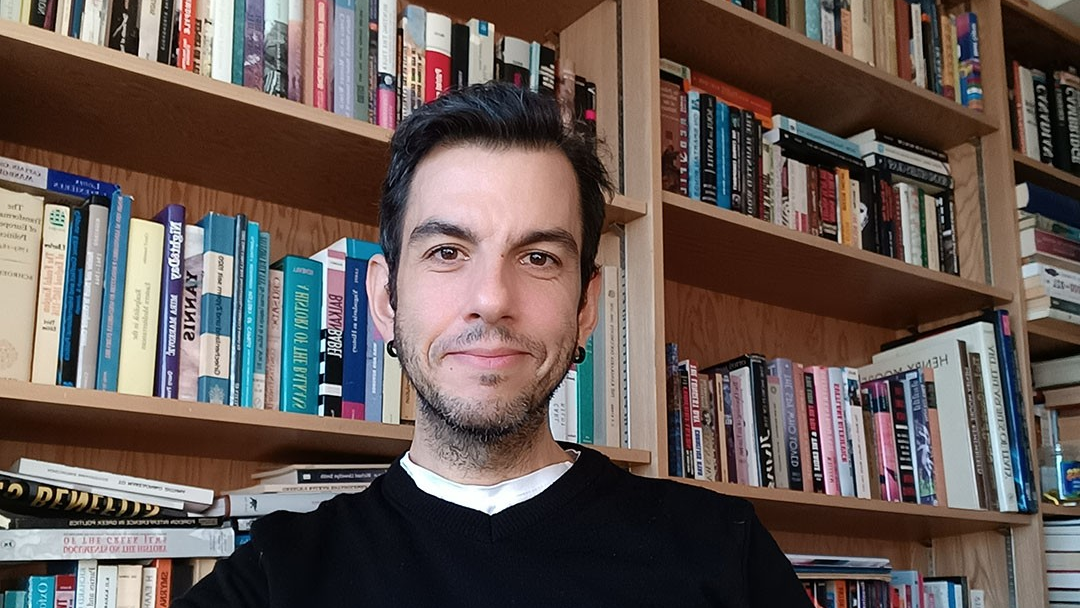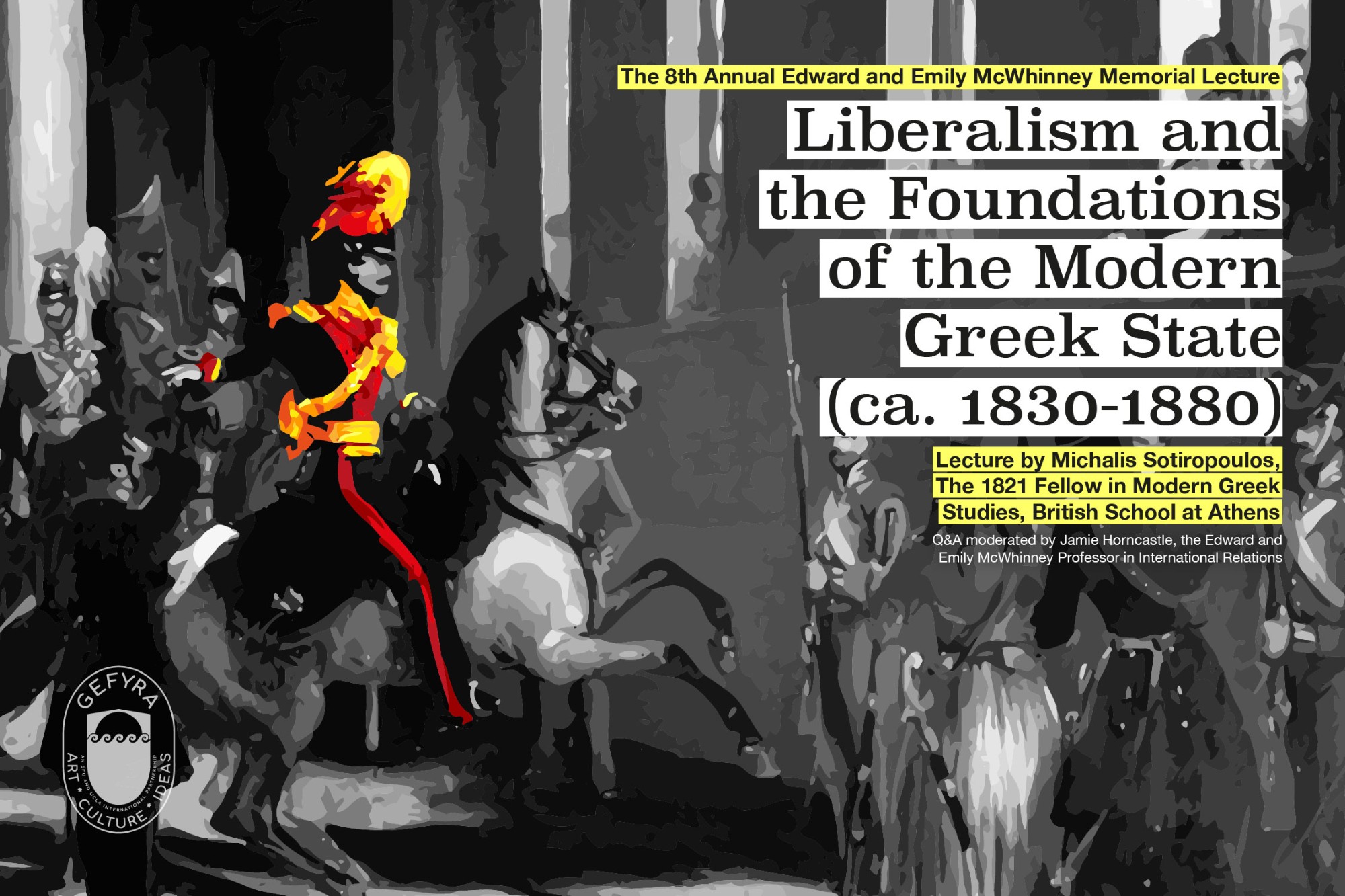The SNF Centre for Hellenic Studies, along with the SNF New Media Lab, is dedicated to bringing the latest in mobile technology and pedagogy to the teaching and learning of Greek, and seeks to promote a better understanding of Hellenism in the community by staging events for academic and lay audiences throughout the year. At its core, the Centre focuses and supports research at SFU on Hellenic topics, from Antiquity to present-day Greece, through grants and postdoctoral fellowships. At the same time, the Centre supports undergraduate and graduate studies on Greece's history, language and culture through its home department of Global Humanities.
Latest news
-
April 12, 2024

April 12, 2024
-
February 12, 2024

February 12, 2024
-
January 31, 2024

January 31, 2024
Updates from Gefyra
Geraki Weaving Collective | Part 6: Dyes
The dyeing process is intriguing. The residual hot water from washing the wool in a cauldron served as the base for creating the dye to color the wool. Natural ingredients were employed for coloring the wool, including walnut peels and dyer’s madder.
Geraki Weaving Collective | Part 5: Processing Wool
In the traditional manner, women undertook the entire weaving process, including harvesting wool from sheep, cleaning the wool, and spinning it into thread. Michalis Sovolos, the Archivist at the General State Archives in Laconia, noted that approximately 1500 kg of wool was annually harvested in Geraki until the year 2000. Retired weavers Eleni Manousi, Chrysaphia Sini, and Georgia Davara reminisce about their experiences, including producing wool from sheep during their active weaving years. To gain insights into the complete wool processing journey, watch the video.
Geraki Weaving Collective | Part 4: Patterns
This video will introduce you to patterns that are commonly woven in Geraki. According to Gianna Katsougraki, Archaeologist and PhD Candidate in History and Ethnology at Democritus University, one of the most common patterns is the plakaki, which is also seen in Roman mosaics in Sparta. The fleur-de-lys was inspired by Geraki’s medieval past. According to weaving teacher Chrysoula Stamatopoulou, one of her favorite patterns is the Tree of Life, which includes symbolic elements from the surrounding world.



